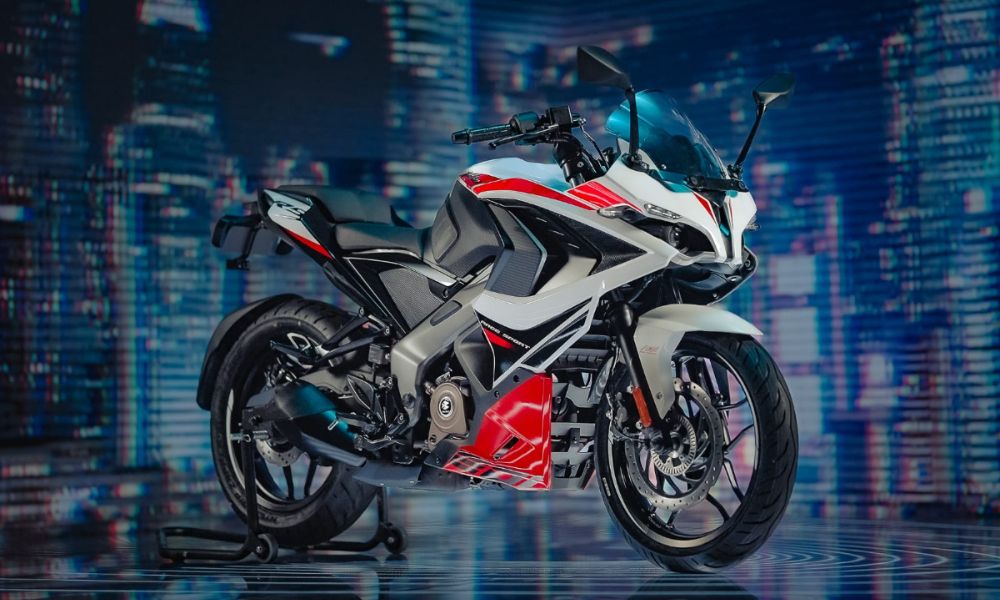A new Samsung folding phone could deliver a bigger screen – and more problems
Samsung could be set to expand its folding phones lineup this year with an all-new model that has two hinges instead of one – and it could offer a tablet-sized display.
Currently, Samsung offers two options for people wanting to pick up a folding phone. Its clamshell Z Flip models look like regular smartphones when open, but you can fold them in half to store them in a more compact space, while its Z Fold devices open up like a book, and are a little bulkier but offers users a larger screen than a typical phone.
This rumored tri-fold phone would effectively be an expansion of the existing Z Fold line – adding an extra folding panel so that we can carry around an even larger screen in our pockets.
Back in December 2021, Samsung patents emerged detailing a tri-fold phone, and at MWC 2023 Samsung Display (the screen-focused arm of Samsung) demoed a tri-folding Flex G display. Now tipster Yogesh Brar has claimed that Samsung could be putting this tech into action in its own devices this year (via Android Authority).
Leaks like this should always be taken with a pinch of salt, but based on the evidence it does seem likely that Samsung will launch a tri-folding phone sometime in the future, if not in 2023.
Is tri-fold a fold too far?
A tri-folding phone would have its fair share of advantages and disadvantages.
Compared to Samsung’s existing Flip and Fold phones, a tri-fold handset should be able to offer a screen size that’s on par with some tablets. What’s more, when the device is in its closed form a tri-fold device could still offer users an outer screen that’s the size of a typical phone display, depending on how it closes up; other foldables typically offer very small displays, with limited functionality, when folded, but a tri-fold could have one of its three panels exposed.
(Image credit: Samsung Display)
That said, adding an extra panel would mean the device is bulkier than the two-paneled Z Fold, which might harm its appeal as a ‘compact’ option. What’s more, folding displays are typically able to withstand less wear and tear compared to typical smartphone screens because of the material they’re made from – so while having a screen constantly exposed may make the device more useful, it could also make it more prone to damage.
On that note, while Samsung has put in a lot of effort to reduce the weakness caused by folds in phones, they’re still not perfect. Adding an extra fold would also add an additional source of potential problems which could make its tri-fold phone more hassle than its worth.
But if and when such a product does come out (from Samsung or one of its competitors) it could well join our ranks of the best foldable phones, so be sure to check back here for our thoughts.






